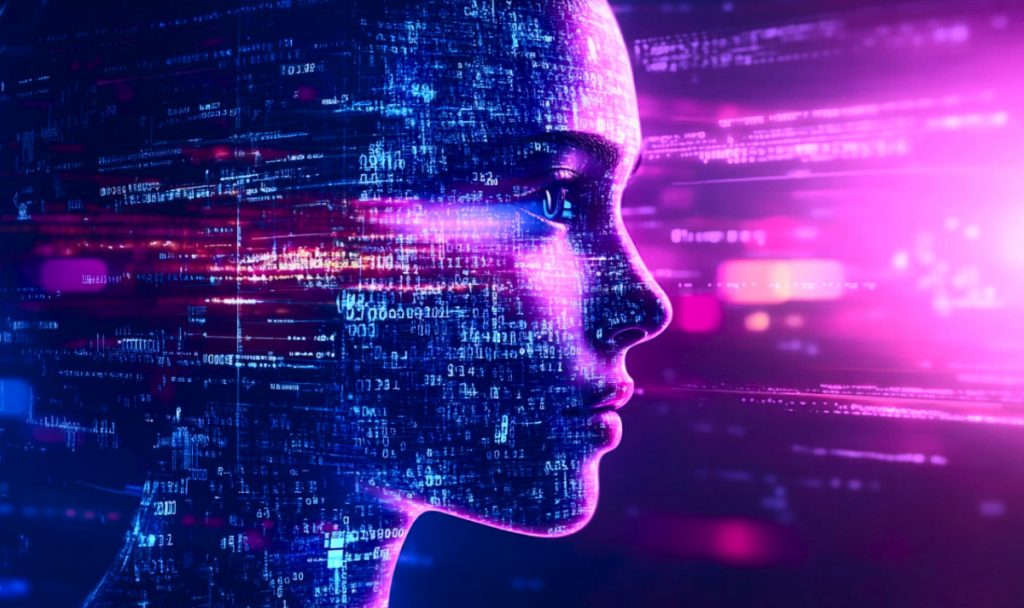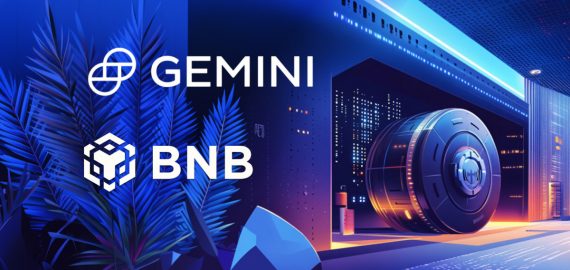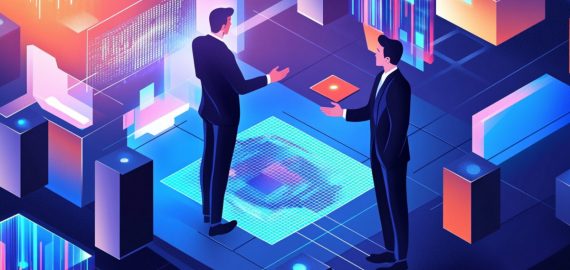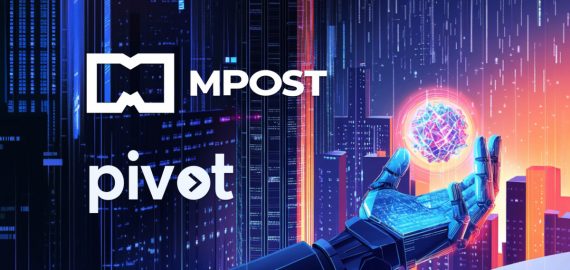How AI Agents and GPT Collaborate to Create Smarter Systems and Better User Experiences


In Brief
AI revolutionizes technology analysis, user engagement, and task completion, with AI agents playing distinct roles in this field.

Artificial intelligence has changed the way that technology analyzes information, engages with users, and completes tasks. Generative Pre-trained Transformers (GPT) and AI agents are two key concepts that play different roles within this wide area.
How Do AI Agents Differ From GPT, and What Are They?
AI agents are self-governing systems that carry out activities on their own to accomplish predetermined goals. These systems need no constant human supervision to sense their surroundings, process inputs, and respond. They are vital components in applications like automation, robotics, and sophisticated decision-making systems because of their autonomy, which enables them to adapt and function well in changing contexts.
Conversely, GPT is a kind of AI that focuses on language processing. Generating text that is both contextually relevant and coherent is the specialty of GPT, a big language model that has been pre-trained on extensive datasets. It is incredibly efficient at activities like content creation, question answering, and supporting natural language conversations because it interprets user inputs and anticipates suitable word sequences. GPT is not autonomous, unlike AI agents. It cannot accomplish goals other than producing text replies on its own; input prompts are necessary for it to operate.
The fundamental goals and modes of functioning of various technologies differ from one another. Goal-driven, AI agents are made to behave autonomously in their surroundings in order to accomplish certain objectives. They communicate with other systems, collect and analyze data, and use machine learning models or preprogrammed logic to make choices. GPT, on the other hand, is still reactive; it only reacts when instructed to do so and concentrates on comprehending and producing text rather than making decisions on its own.
AI Agents’ Advantages
Organizations benefit greatly from AI agents because they automate procedures, cut down on inefficiencies, and enhance decision-making. They increase productivity by taking care of time-consuming or repetitive chores, freeing up human teams to focus on high-value jobs that call for creativity or critical thinking. An AI agent, for example, may plan resources, monitor workflows, and analyze data in real-time, relieving staff members of repetitive duties.
Another advantage is cost savings. AI agents save costs through resource optimization, operational simplification, and a decrease in human error. Even in dynamic situations, their capacity to adjust to shifting circumstances guarantees that systems continue to operate efficiently. Additionally, by offering real-time insights obtained from processing vast amounts of data, these technologies empower decision-makers. Managers may foresee trends, spot opportunities, and make well-informed strategic decisions due to this capacity.
The use of AI agents enhances the customer experience as well. Companies employ these technologies to respond quickly, give consumers tailored recommendations, and engage with them consistently. Improved client involvement, contentment, and loyalty are the end outcome, and these factors are essential for sustained success.
The Structure and Operation of Artificial Intelligence Agents
The structural underpinnings of an AI agent’s functioning are provided by its architecture. The architecture may take the shape of a software-based platform that communicates with digital systems or a physical embodiment, such a robot equipped with sensors and actuators, depending on the application. The way the agent receives inputs, sees and interacts with its surroundings, and behaves is determined by its design.
The agent function, which converts gathered input into choices and actions, is essential to an AI agent’s operation. This function’s design takes into account the technology used, the kind of information required, and the feedback and learning methods. The agent program is used by developers to carry out this activity, which entails training the system, deploying it in its assigned environment, and continually improving its performance in response to results.
AI agents usually work in a systematic manner. They start by establishing clear objectives, which they then divide into more manageable, achievable tasks. They then interface with other systems or access data sources to obtain pertinent information. When the agent has enough information, it performs tasks, assesses its progress, and modifies its behavior to meet its goals. This recurrent procedure guarantees that the agent stays committed to accomplishing its assigned objectives.
The Function and Role of GPT
GPT functions as an advanced language model that can comprehend and produce text that is similar to that of a person. It does this via pre-training on large datasets, which aids in its acquisition of linguistic context, connections, and patterns. Based on its knowledge of the input and its training, GPT makes predictions and produces replies when a user submits an input.
GPT’s adaptability is what gives it its power. It can respond to inquiries, compose emails, create articles, and even help with creative projects. Despite its remarkable potential, GPT can only generate text and needs deliberate user input to work. It just predicts the linguistic output that is most suited for the circumstance; it doesn’t interact with its surroundings or make judgments.
Important Distinctions Between GPT and AI Agents
The autonomy and functionality of AI agents and GPT are the main areas of difference. AI agents are dynamic systems that work on their own to accomplish predetermined goals. They engage with their surroundings, make choices, and carry out activities without constant human supervision. GPT, on the other hand, is a reactive system that generates text in response to user input. It lacks the independence to act on its own initiative or make choices that are not related to its language processing capabilities.
The way these technologies engage with their surroundings is another noteworthy distinction. AI agents often collect data from the real world, adjust to changing circumstances, and perform concrete tasks. However, GPT does not directly interact with real-world or virtual surroundings; instead, it is limited to processing and producing text.
Although GPT and AI agents have diverse uses, when combined, they produce strong tools with improved capabilities. For instance, GPT might be used to provide natural language answers for updates from an AI assistant that manages a user’s calendar. Similar to this, in customer service, GPT creates conversational text to inform users while an AI agent may manage job execution, such as processing refunds.
This partnership enables systems that integrate the linguistic skills of GPT with the autonomous, goal-oriented characteristics of AI agents. Together, they deliver seamless experiences that feel intelligent and responsive, whether managing logistics, automating workflows, or engaging users in personalized conversations.
Disclaimer
In line with the Trust Project guidelines, please note that the information provided on this page is not intended to be and should not be interpreted as legal, tax, investment, financial, or any other form of advice. It is important to only invest what you can afford to lose and to seek independent financial advice if you have any doubts. For further information, we suggest referring to the terms and conditions as well as the help and support pages provided by the issuer or advertiser. MetaversePost is committed to accurate, unbiased reporting, but market conditions are subject to change without notice.
About The Author
Victoria is a writer on a variety of technology topics including Web3.0, AI and cryptocurrencies. Her extensive experience allows her to write insightful articles for the wider audience.
More articles

Victoria is a writer on a variety of technology topics including Web3.0, AI and cryptocurrencies. Her extensive experience allows her to write insightful articles for the wider audience.

















































